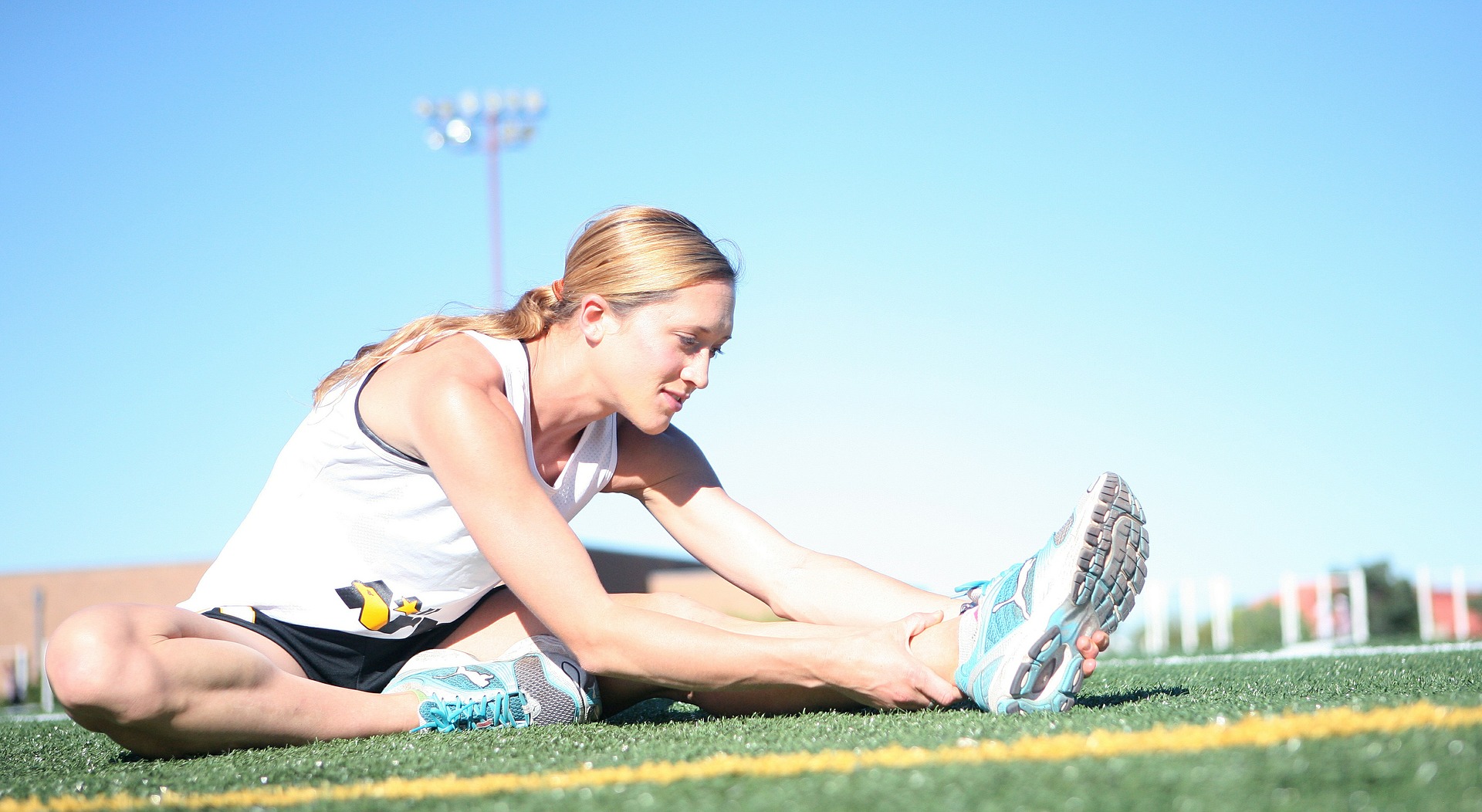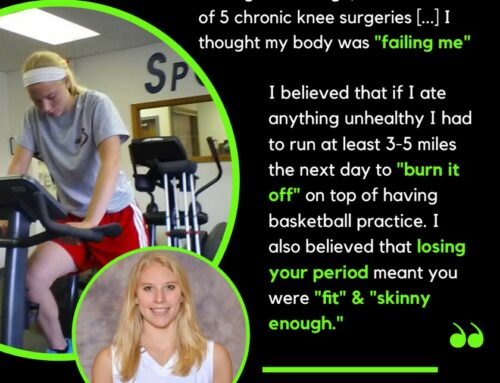We have all heard phrases such as “no pain, no gain”, or those that echo similar sentiments, but there comes a point when an athlete needs to be up-front and open about the pains and injuries they are experiencing. It is all too common for an athlete to try to mask or hide the fact that they are in pain, or suffering some type of injury, in an attempt to continue to train and compete. After all, how is one supposed to stay competitive with peers or teammates when they are sidelined due to an injury? To put it simply, these thoughts and behaviors are dangerous to all athletes, but especially young athletes. Younger athletes are still growing, which puts them at an even greater risk for a more severe injury or potentially chronic injuries in the future.
As a former ballet dancer myself, I get it. I definitely pushed on in my training at times despite slight pains and injuries, after all, who wants to miss out on the opportunity to progress forward in one’s sport? For me, I never wanted my coaches and instructors to think that I was injured or felt badly and had to hold back during training or rehearsals. I feared being labeled as weak, or the injured one. After talking with many friends who were also dancers, and shared similar experiences to mine in terms of concealing injuries, I found a theme among our stories. We were all so dedicated to our sport, and had so much passion, that we couldn’t stand to be sidelined and watch our peers continue on and become stronger, more skilled, while it felt like we were being left behind.
No matter the reason for hiding an injury, or training on despite pain, athlete’s need to understand that in the long run, they are only further hurting themselves, and prolonging the timeline to proper recovery. It is so important for rest days to be implemented for athletes to aid in preventing injury. Importantly, if an injury has already occurred, it is essential that an athlete see an athletic trainer, physical therapist, or physician to get a professional, individualized recovery plan that works for them. While sitting out of practices, games, or competitions can be devastating to an athlete, it is important to remember that by doing so, they are actively working to return to their sport. While the process of recovering from an injury, or resting due to the beginning signs of one, may not always be easy, it is absolutely necessary for one’s long term health and well-being.






